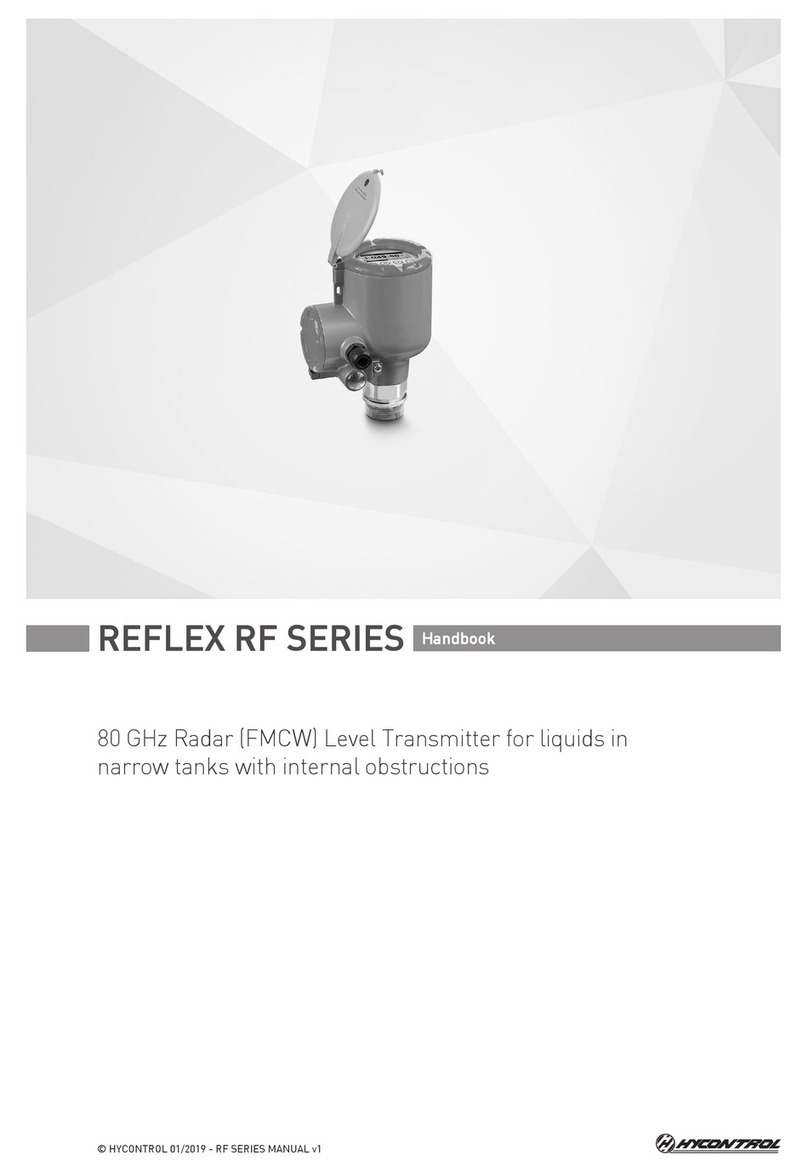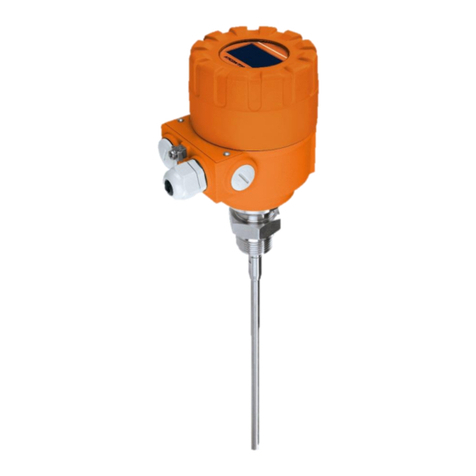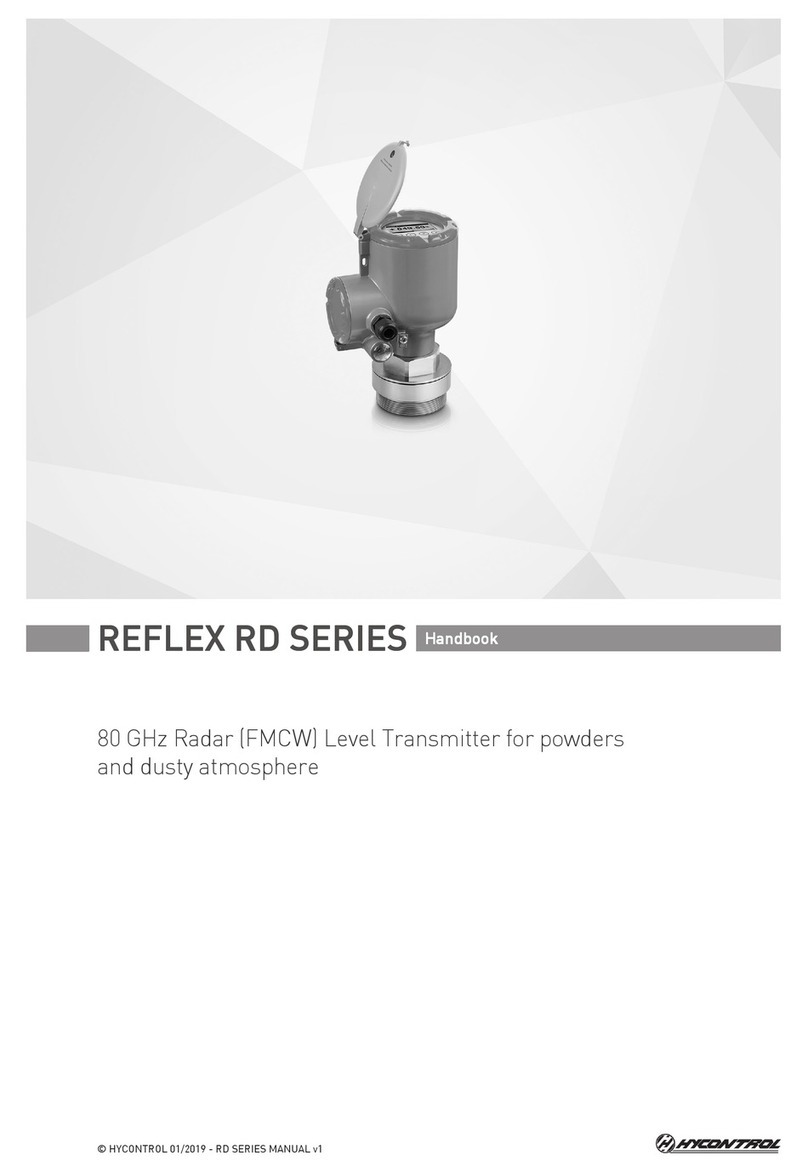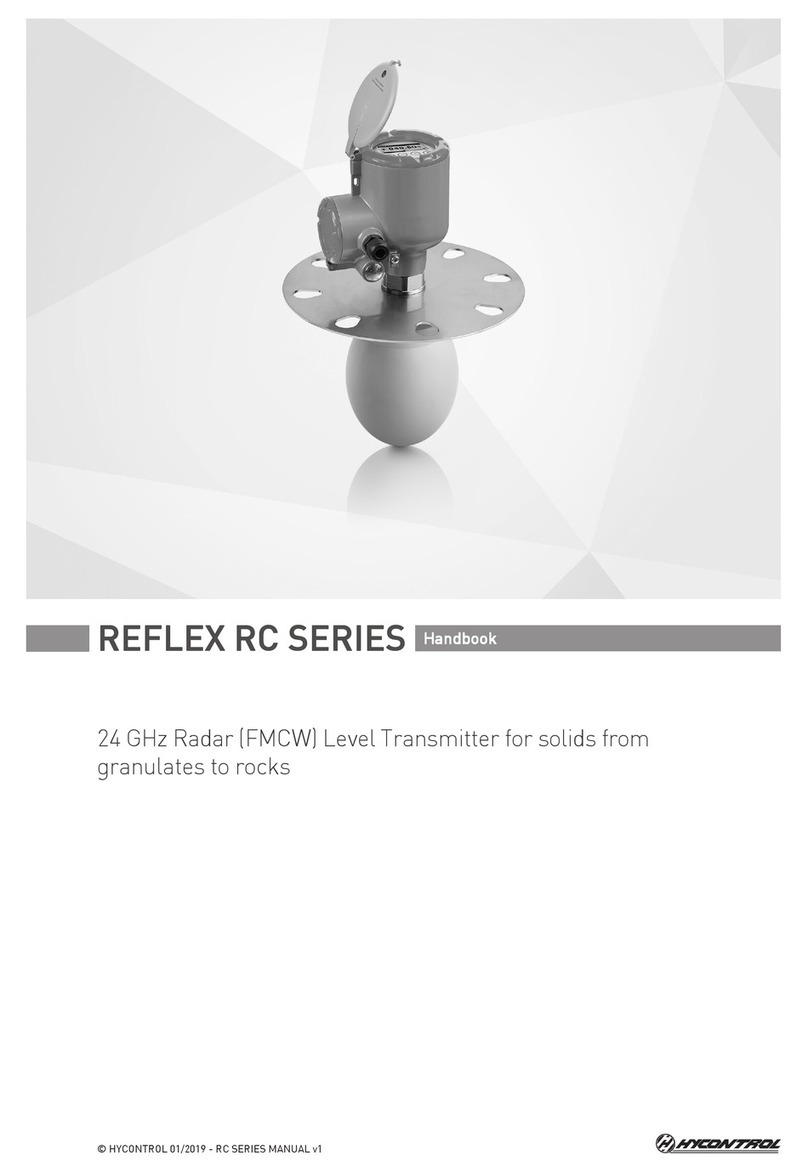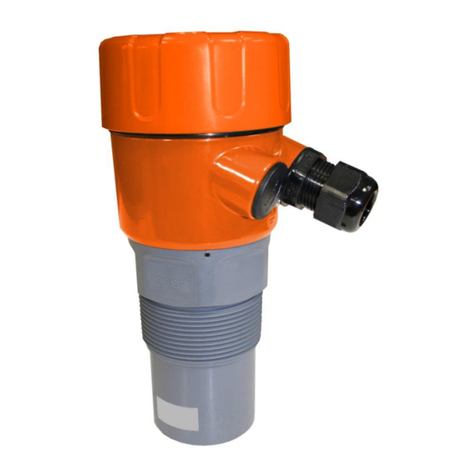3 / 41
CONTENTS
1. INTRODUCTION ...........................................................................................................................................................4
2. ORDER CODES (NOT ALL COMBINATIONS POSSIBLE) ...................................................................................................4
2.1. VF05 -WITH CABLE PROBE .....................................................................................................................................................4
2.2. VF05 -WITH ROD PROBE .......................................................................................................................................................5
2.3. VF05 –WITH ROD PROBE OR COAXIAL ROD PROBE ......................................................................................................................5
2.4. ACCESSORIES........................................................................................................................................................................5
3. TECHNICAL DATA.........................................................................................................................................................6
3.1. GENERAL.............................................................................................................................................................................6
3.2. PROBE PROPERTIES................................................................................................................................................................6
3.3. COATED PROBE PROPERTIES ....................................................................................................................................................7
3.4. DIMENSIONS........................................................................................................................................................................8
3.5. ATEX INFORMATION (FOR PRODUCTS CODES ENDING WITH EX).....................................................................................................9
3.5.1. ATEX General ............................................................................................................................................................9
3.5.2. ATEX nameplate........................................................................................................................................................9
3.5.3. ATEX Intrinsically safe protection (Ex ia)...................................................................................................................9
3.5.4. Temperature limit data for ATEX (Ex ia) approved models.....................................................................................10
3.5.5. ATEX explosive dust protection (Ex t)......................................................................................................................10
3.5.6. Temperature limit data for ATEX (Ex t) approved models ......................................................................................10
3.6. CONDITIONS FOR SAFE USE (INCLUDES ATEX)..........................................................................................................................11
3.7. MAINTENANCE AND REPAIR..................................................................................................................................................11
4. INSTALLING ...............................................................................................................................................................12
4.1. HANDLING AND STORAGE.....................................................................................................................................................12
4.2. MOUNTING ON CONTAINERS.................................................................................................................................................12
4.2.1. General mounting instructions ...............................................................................................................................12
4.2.2. Installing the Device for Measuring Solids ..............................................................................................................14
4.3. WIRING ............................................................................................................................................................................15
4.3.1. Design of the measuring network in non-explosive environments .........................................................................15
4.3.2. Connection in explosive environment .....................................................................................................................16
4.3.3. BUS (HART®) communication ..................................................................................................................................16
4.4. SWITCHING ON AND COMMISSIONING ....................................................................................................................................16
4.5. AVAILABLE USER INTERFACES ................................................................................................................................................16
5. PROGRAMMING........................................................................................................................................................17
5.1. PROGRAMMING WITH HYVIEW..............................................................................................................................................17
5.1.1. Installing and Running HyView ...............................................................................................................................17
5.1.2. Programming and Configuring the Device..............................................................................................................21
5.1.3. Programming Examples using HyView ...................................................................................................................32
5.2. PROGRAMMING WITH THE VGF-DISPLAY UNIT.......................................................................................................................33
5.2.1. VGF-DISPLAY Unit ...................................................................................................................................................33
5.2.2. The Behaviour of the VF05 while Programmed Manually ......................................................................................33
5.2.3. Manual Programming.............................................................................................................................................33
5.3. PROPERTIES OF VF05 TWO-WIRE MICROWAVE LEVEL TRANSMITTER ...........................................................................................35
5.3.1. Level Measurement –Level reflection, Threshold Line and Automatic Gain Adjustment.......................................35
5.3.2. To illustrate the five possible configurations, the following fluid level measurement settings are assumed .........36
5.3.3. Echo Loss Handling .................................................................................................................................................36
5.3.4. Typical Signal Forms ...............................................................................................................................................38
5.4. TROUBLESHOOTING.............................................................................................................................................................39






